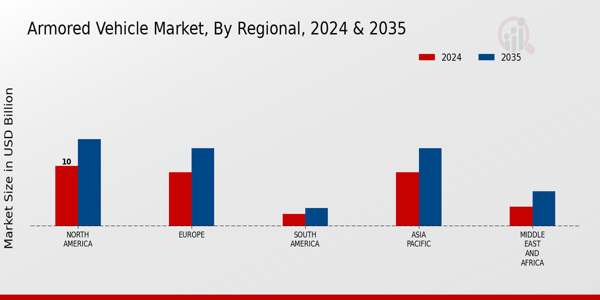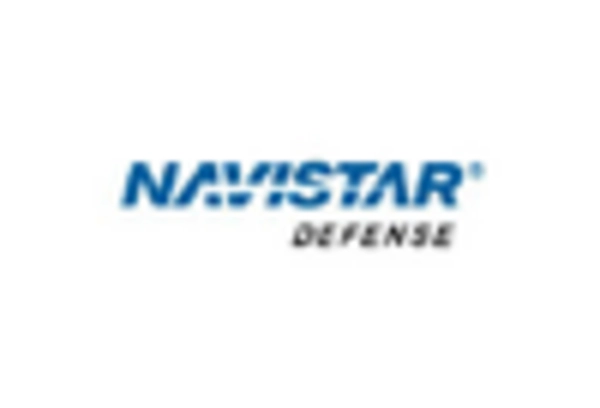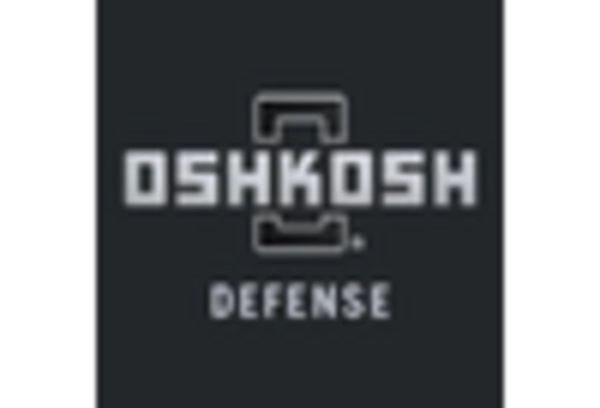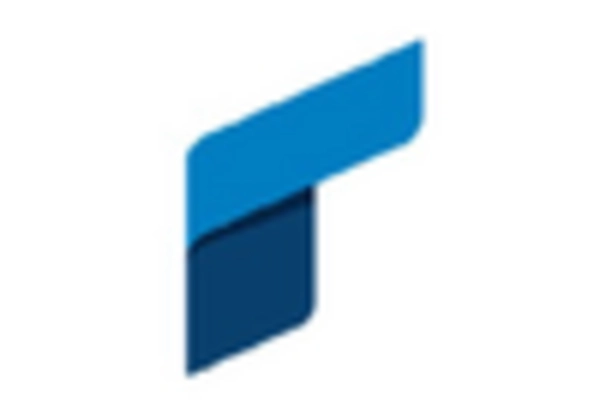The Armored Vehicle Market is witnessing substantial growth driven by increasing demand for enhanced security and protection in military and homeland security operations. With various stakeholders including government bodies, defense contractors, and private sector firms operating in this space, the competitive landscape is characterized by a mix of established and emerging players.
The market is shaped by technological advancements in vehicle manufacturing and design, necessitating continuous innovation to cater to changing defense and security needs. It is also influenced by geopolitical factors that elevate defense budgets, thereby promoting investments in armored vehicles that provide mobility and defense capabilities.
The landscape sees companies engaging in strategic partnerships, collaborations, and mergers to enhance their competitive position, expand their product offerings, and leverage new technologies that improve performance.
BAE Systems holds a strong position in the Armored Vehicle Market, characterized by its robust portfolio of armored vehicle solutions tailored for military applications. The company boasts a diverse range of products, including armored personnel carriers, infantry fighting vehicles, and main battle tanks, which are prominent in various defense strategies worldwide.
Its advanced manufacturing capabilities and emphasis on research and development have enabled BAE Systems to implement innovative technologies that enhance vehicle durability, mobility, and protection. The company prides itself on strong relationships with defense ministries and armed forces, which bolster its market presence globally.
Furthermore, BAE Systems benefits from a formidable supply chain and logistics network that ensures timely delivery and support, making it a favored choice for many nations looking to upgrade their defense capabilities while ensuring operational effectiveness.
Navistar Defense operates successfully within the Armored Vehicle Market, focusing on designing and manufacturing wheeled armored vehicles that meet the demands of military and law enforcement agencies.
The company’s key offerings include Mine-Resistant Ambush Protected vehicles, tactical vehicles, and armored personnel carriers, all engineered to withstand threats in diverse operational environments. Navistar Defense has established strong market presence, especially within the United States and allied defense sectors, owing to its commitment to providing tailored solutions for end-users.
A core strength of the company is its agility in responding to evolving operational needs, coupled with an emphasis on reliability and cost-effectiveness. Additionally, Navistar Defense has engaged in strategic mergers and collaborations that have expanded its technological capabilities and market reach, allowing it to remain competitive in the rapidly evolving landscape of armored vehicle manufacturing.


















Leave a Comment